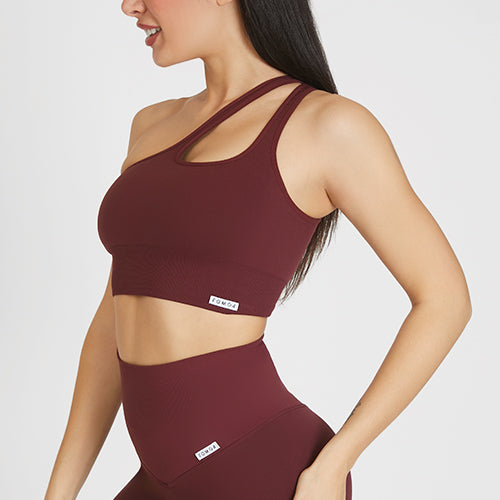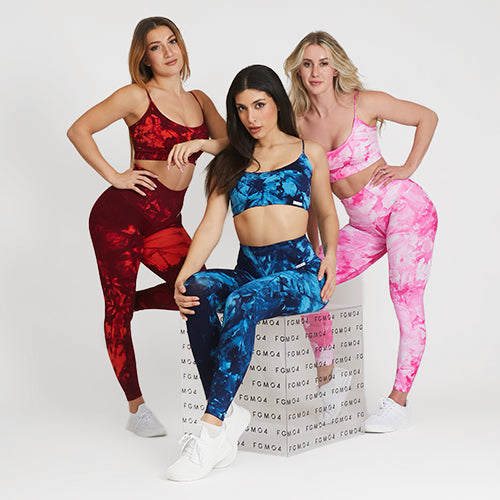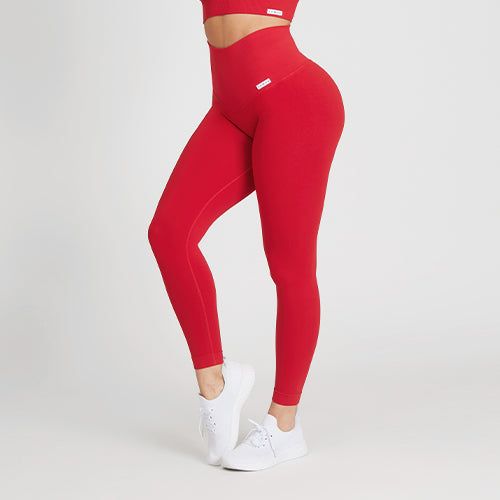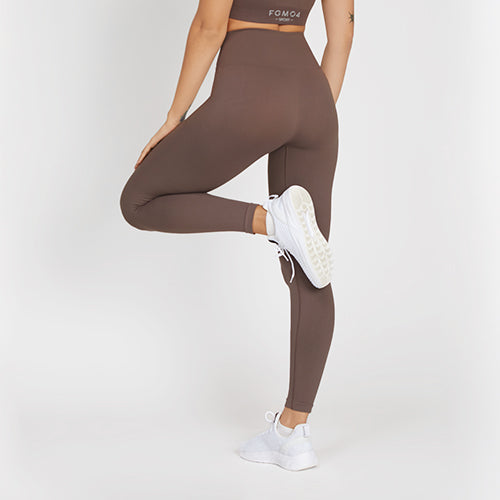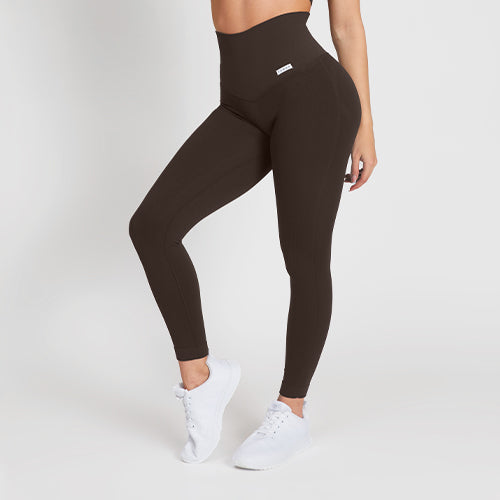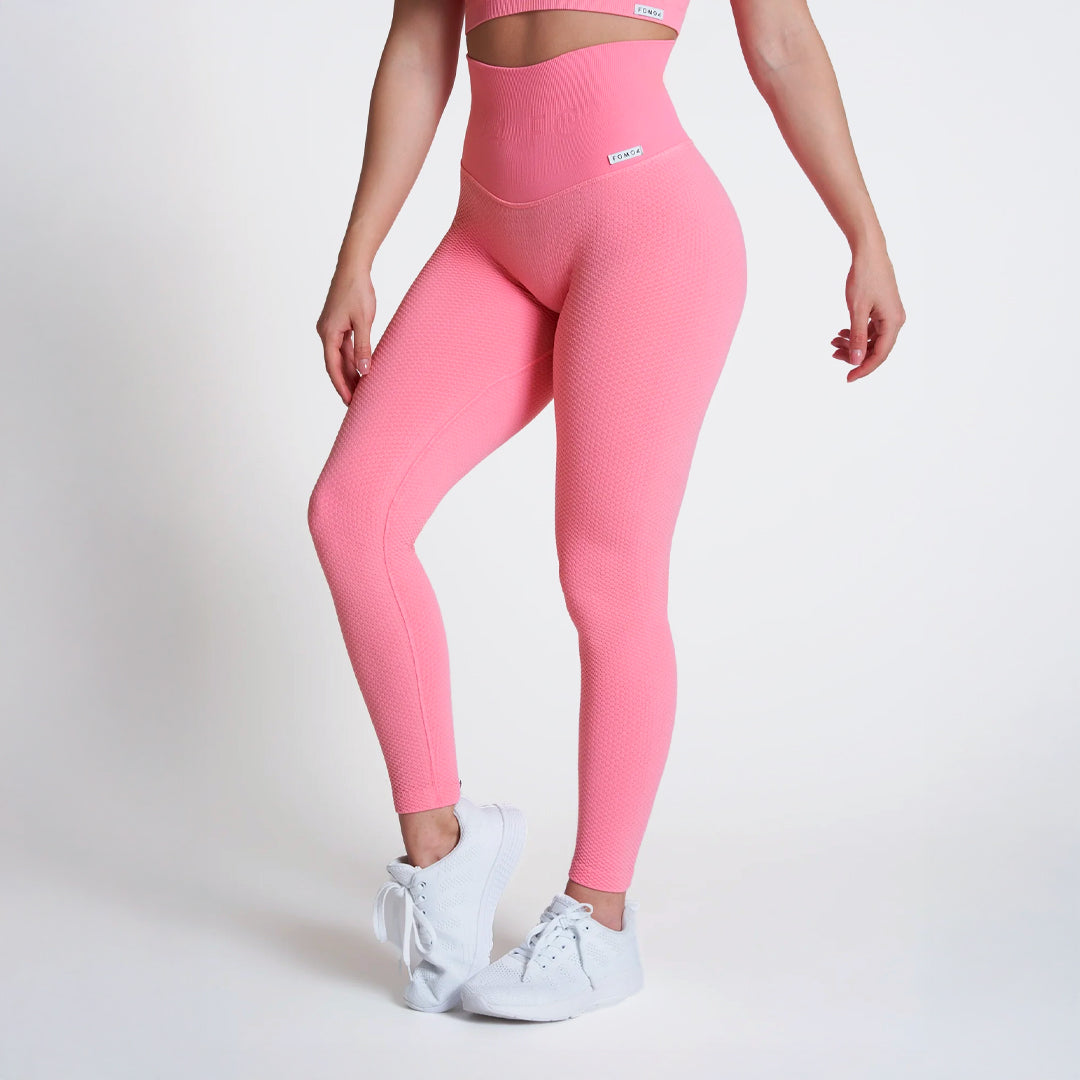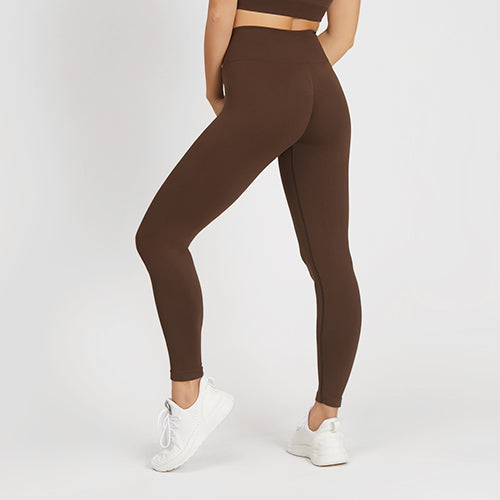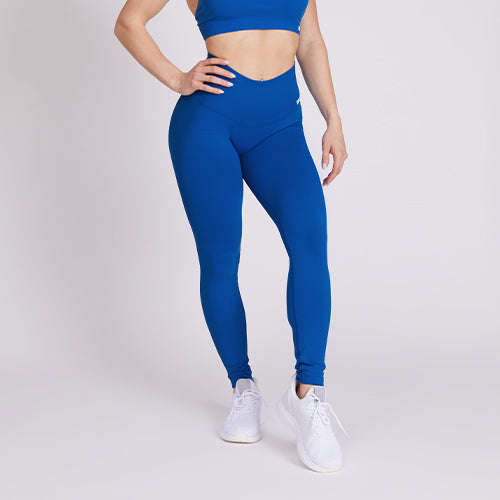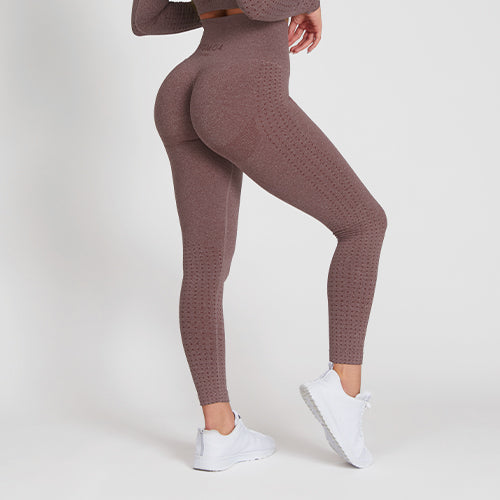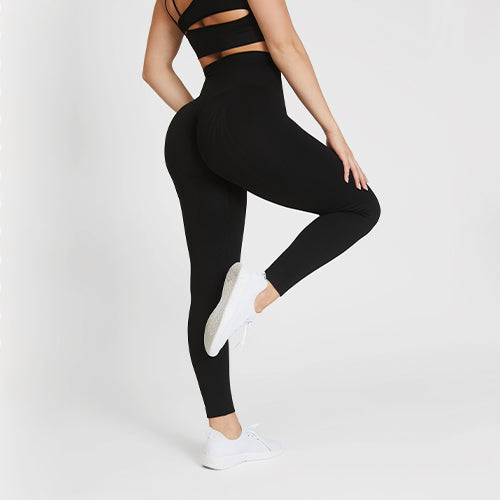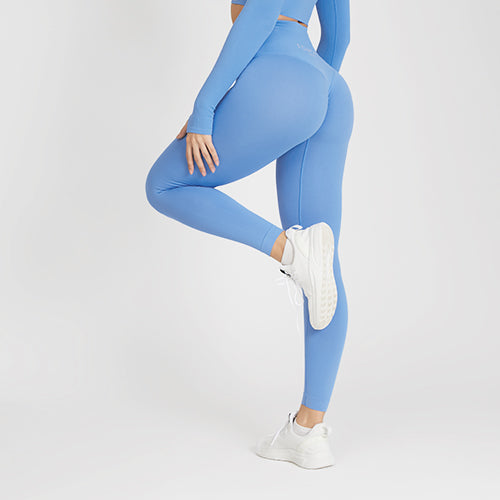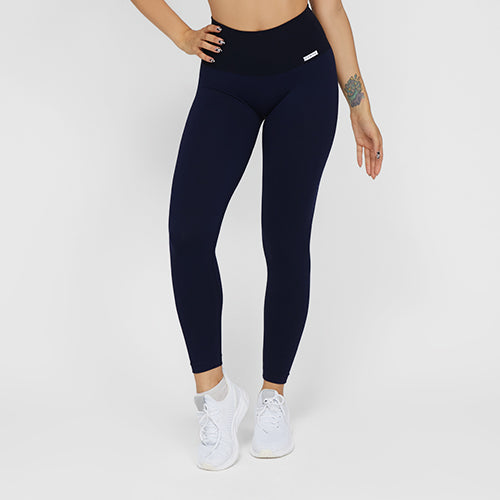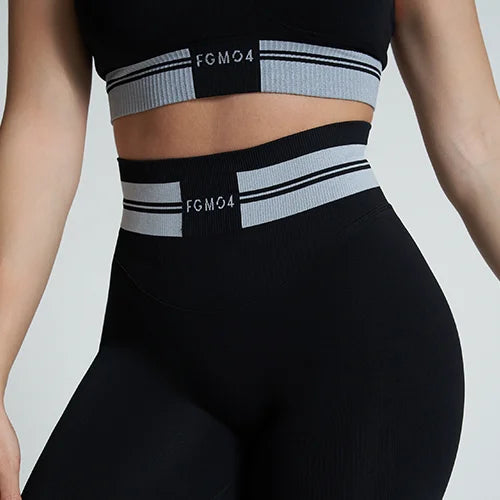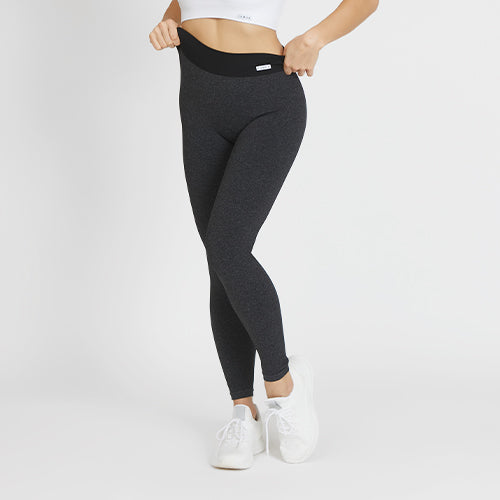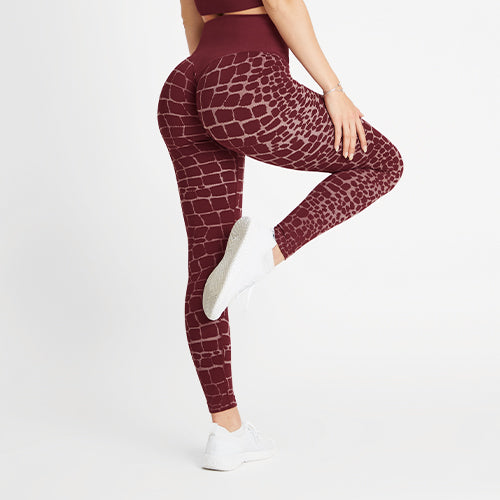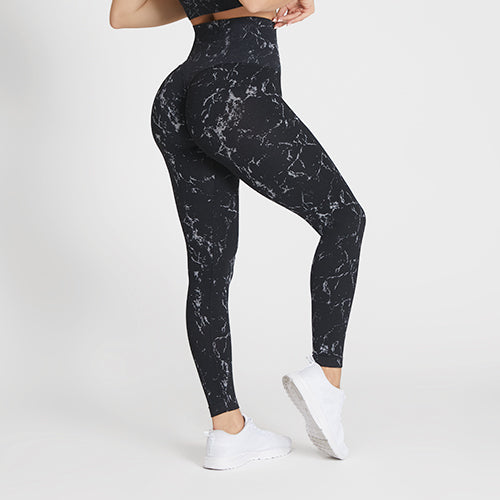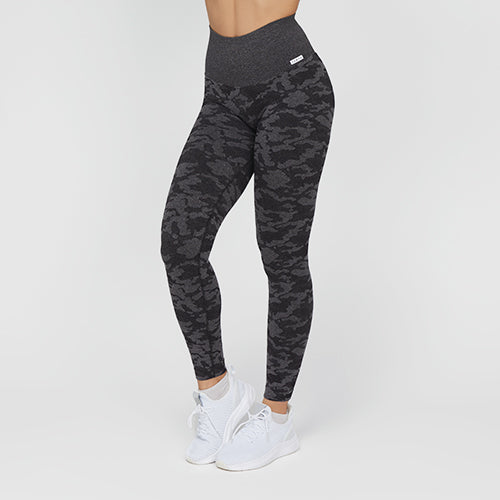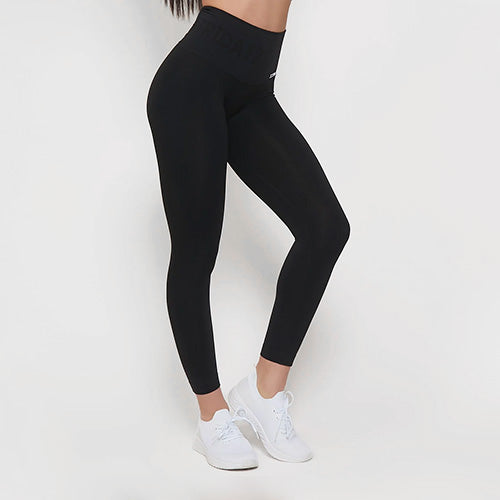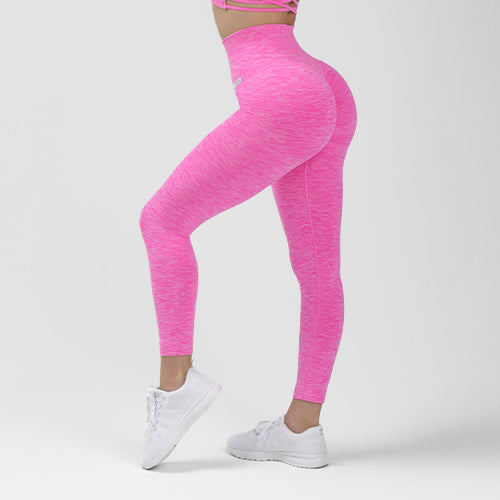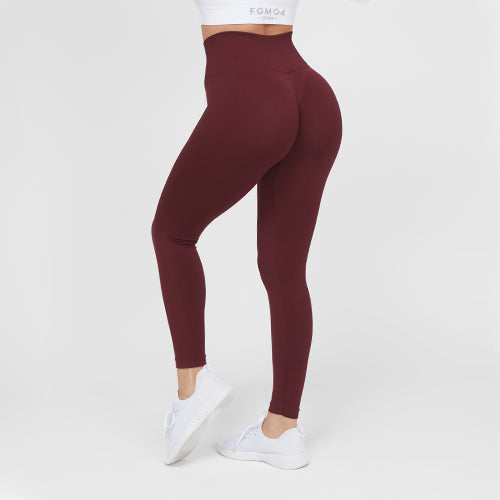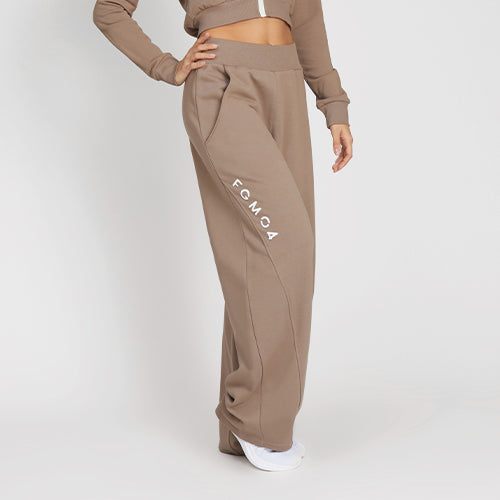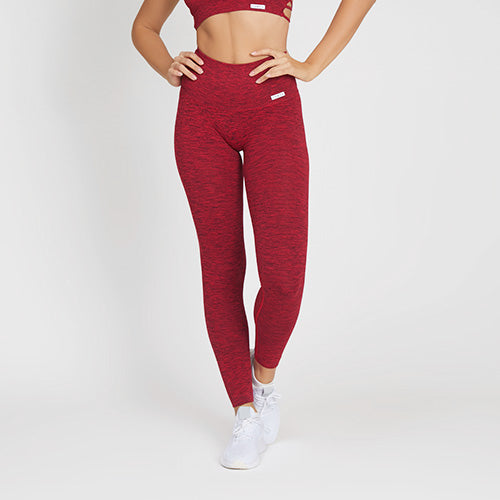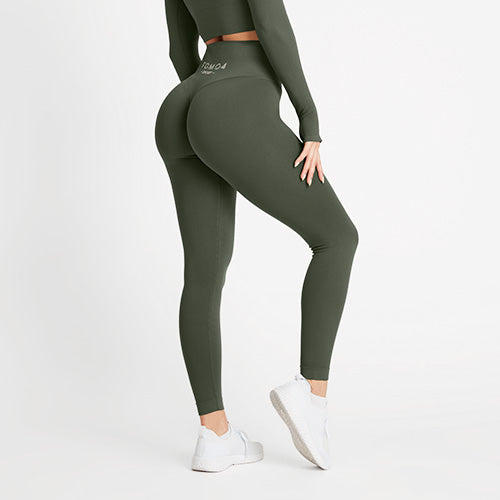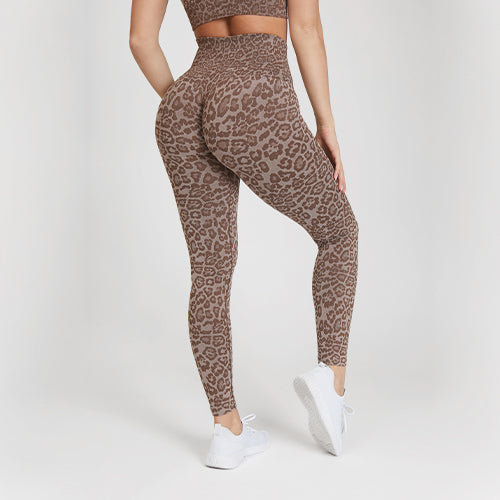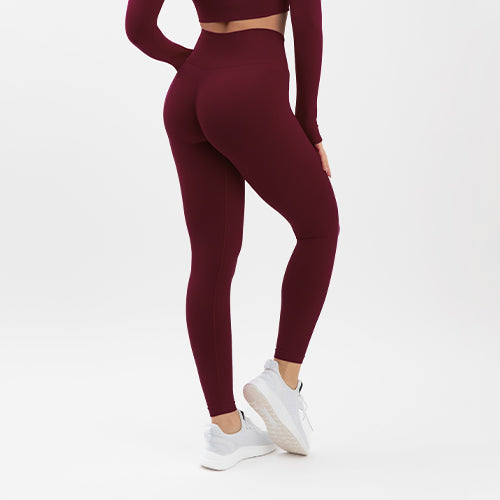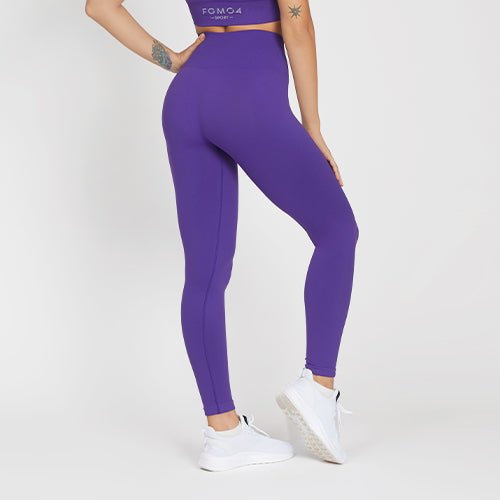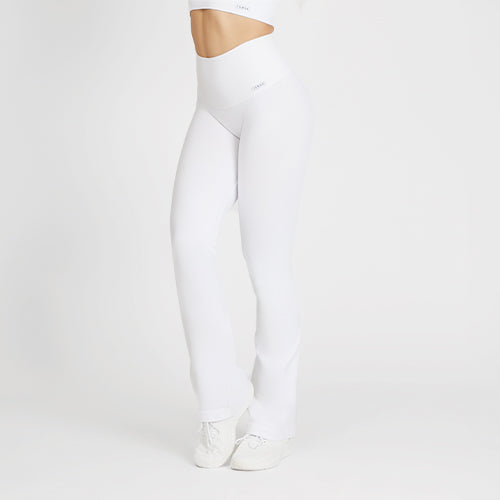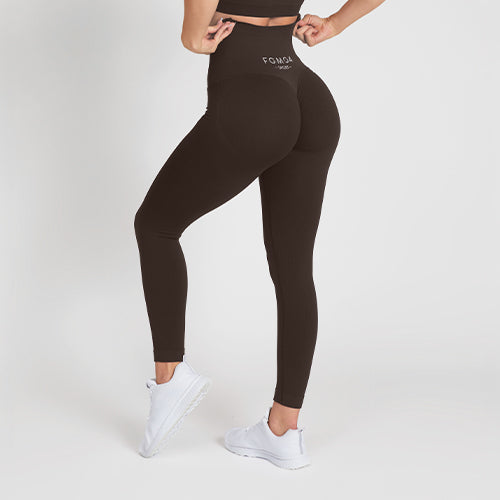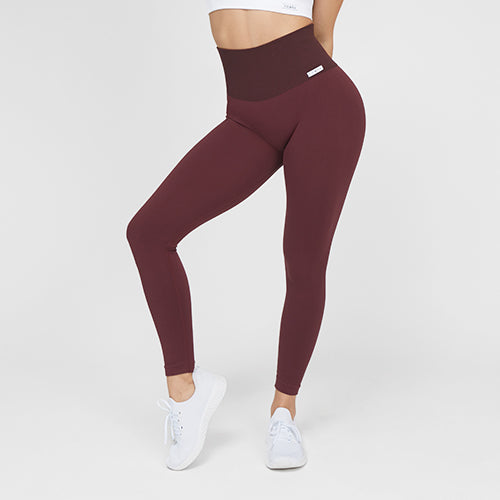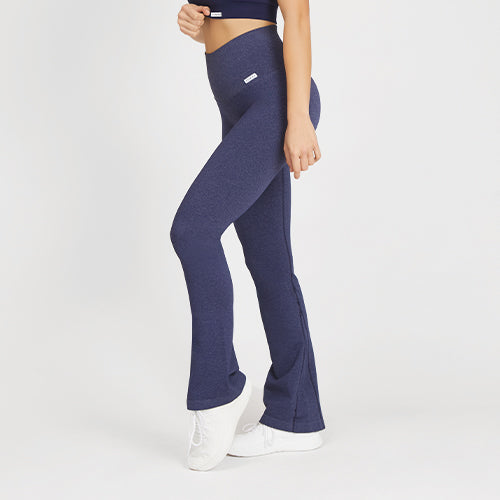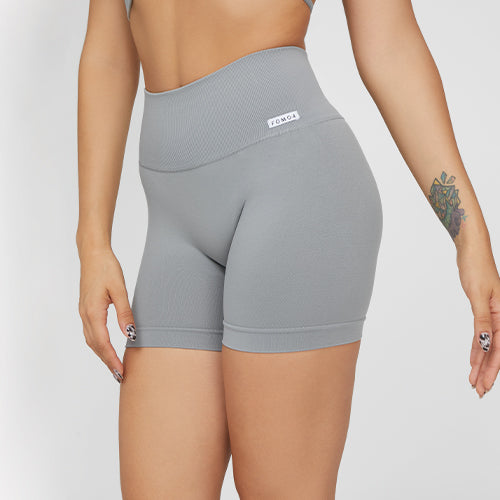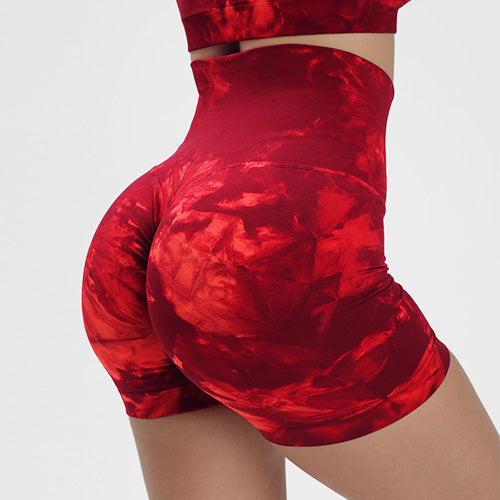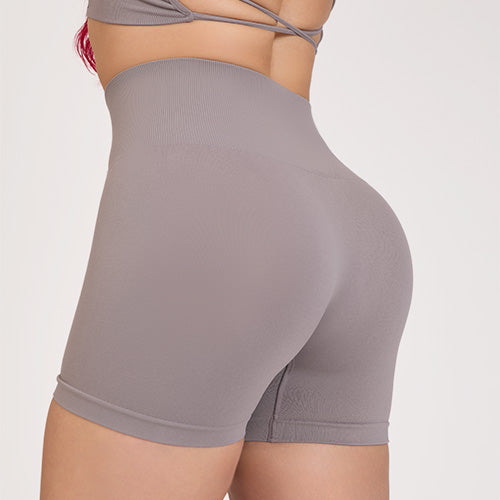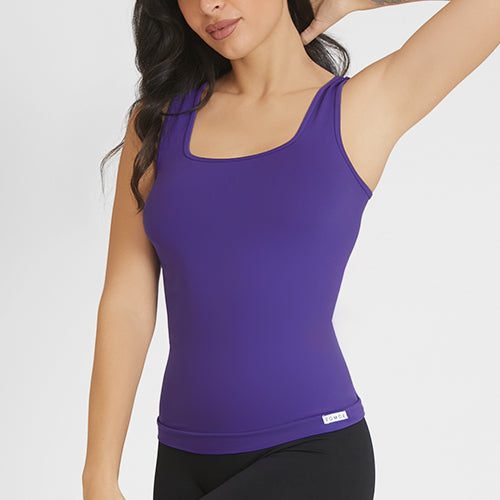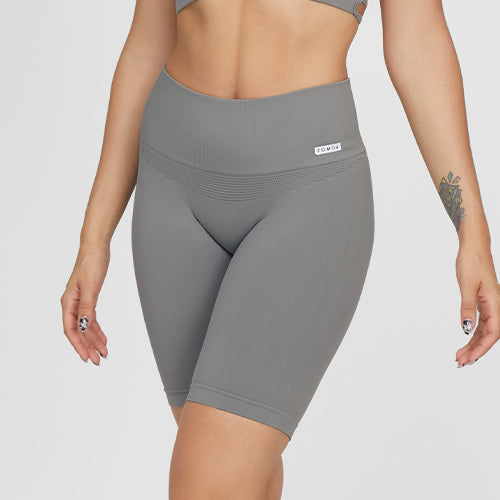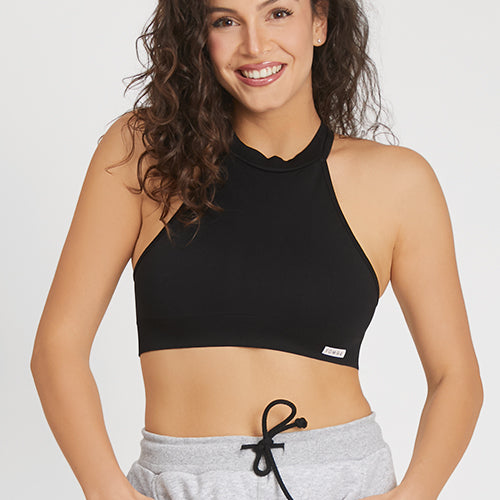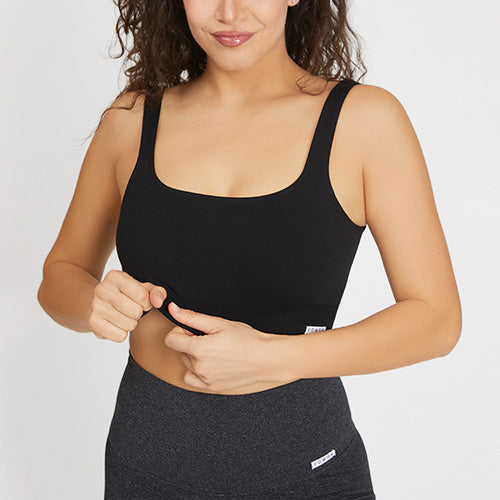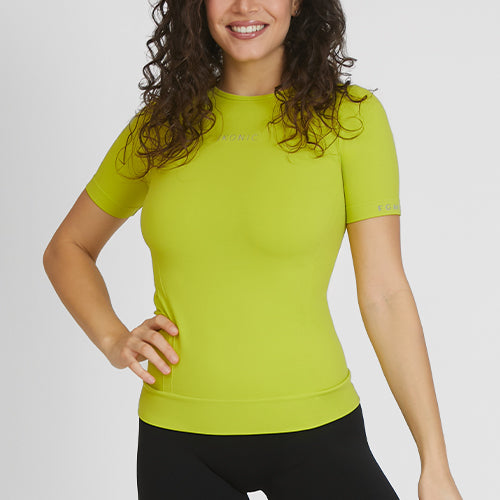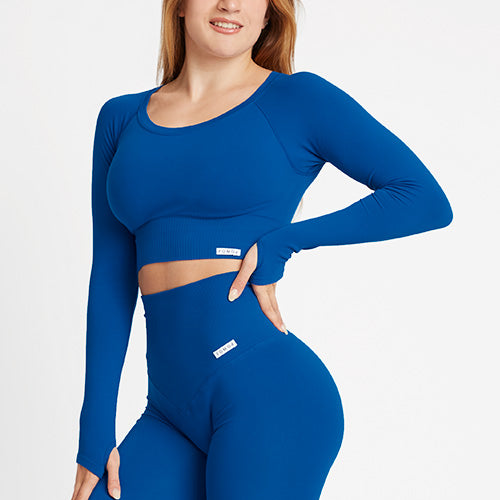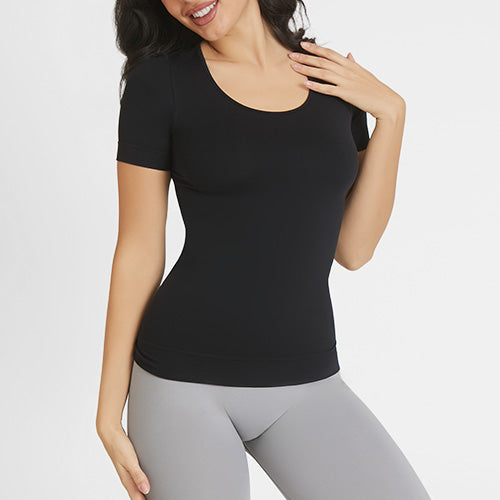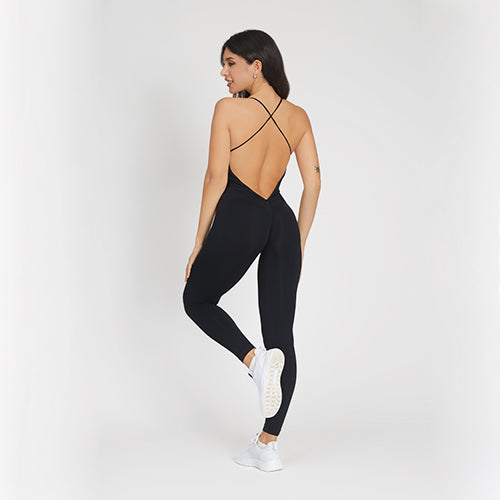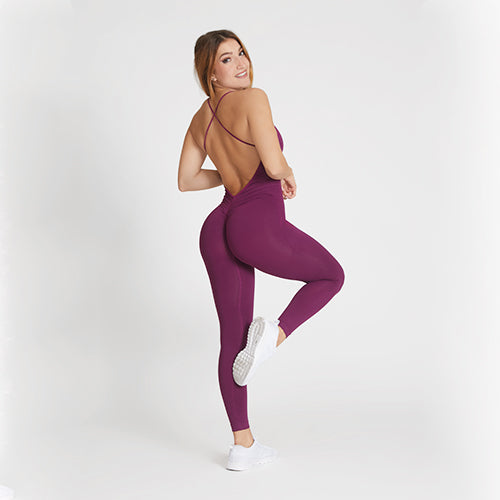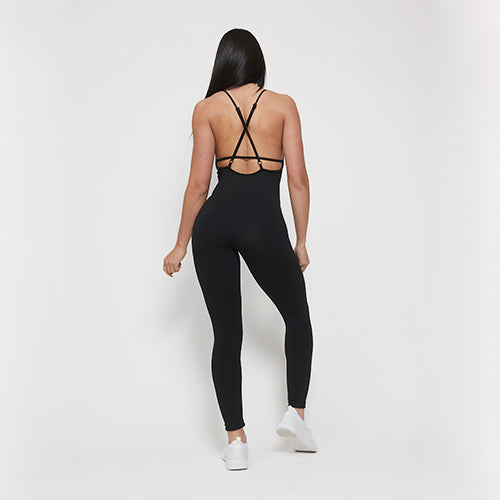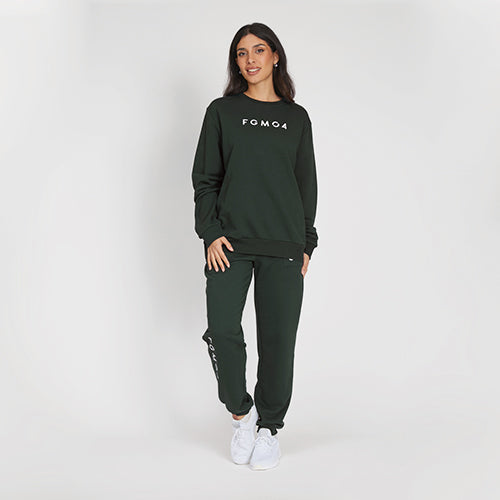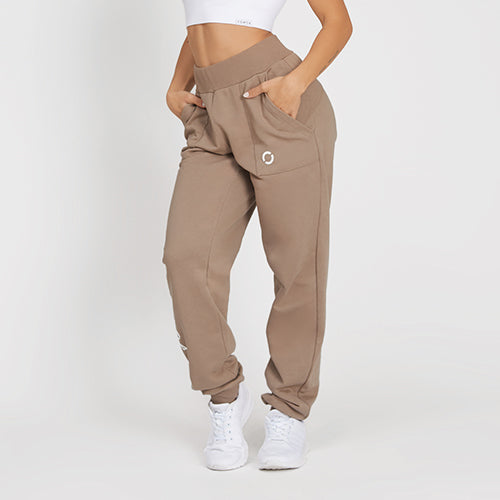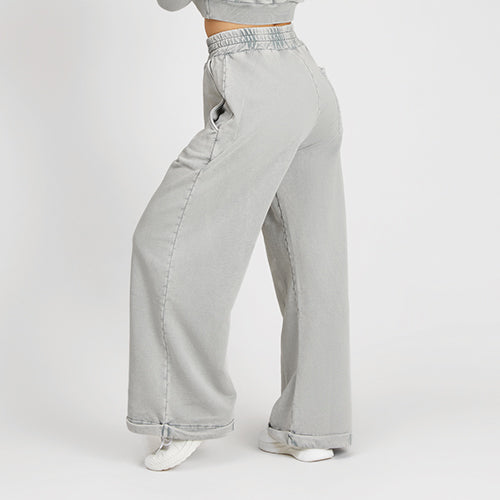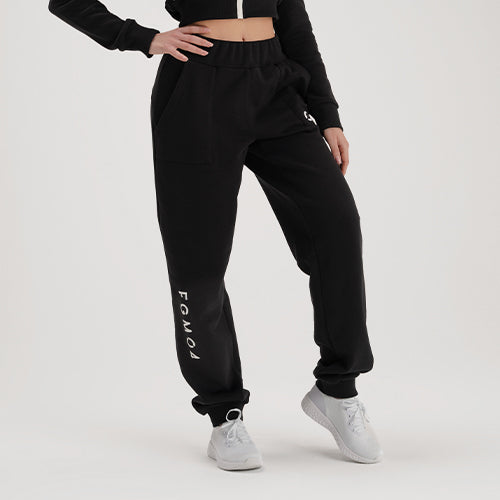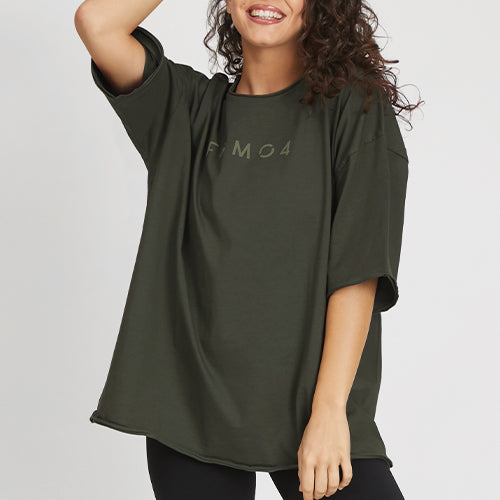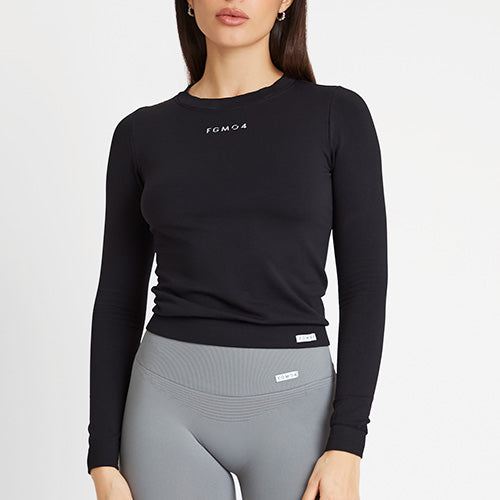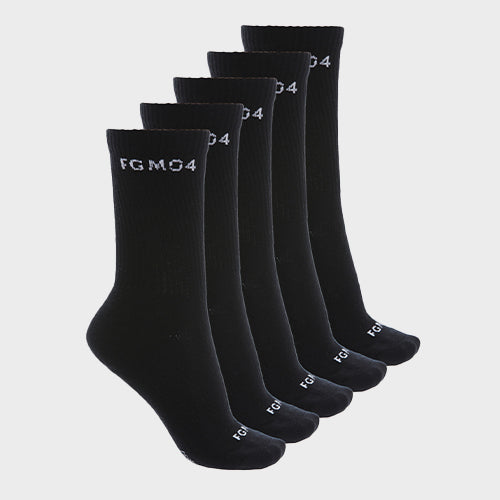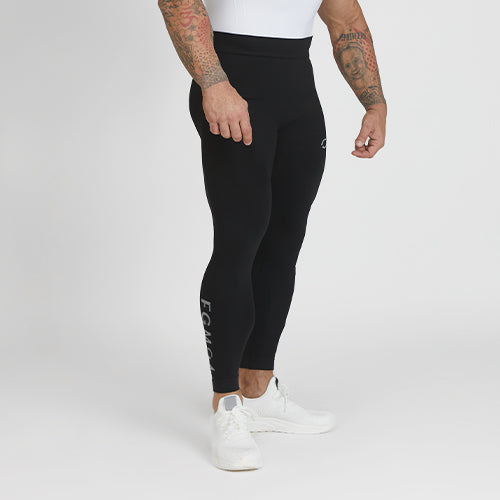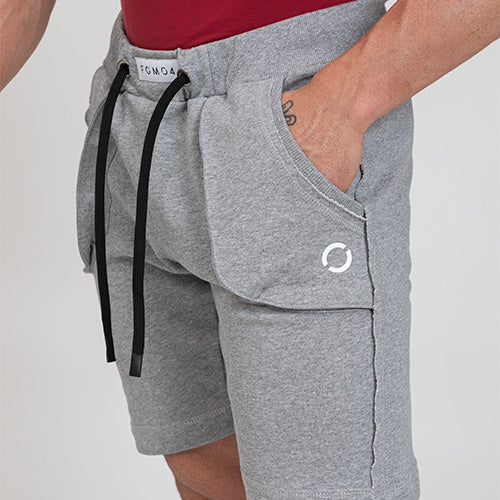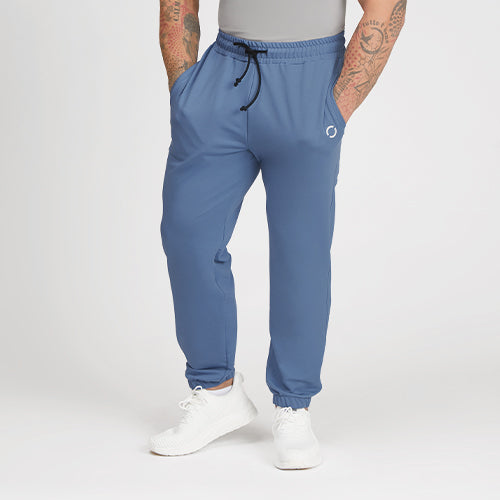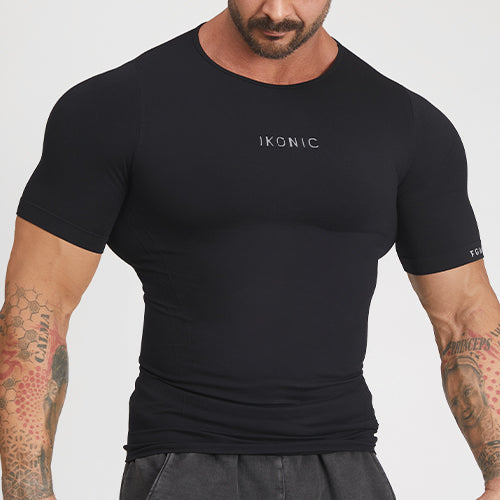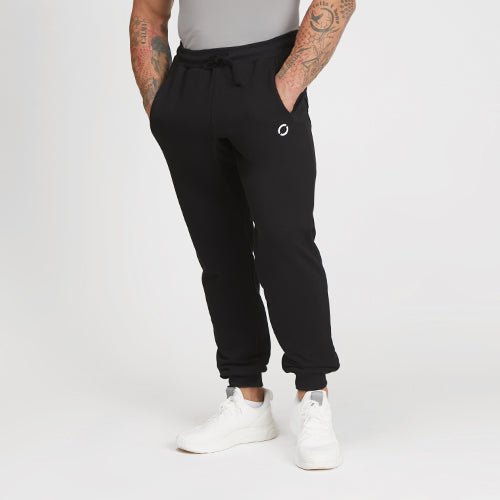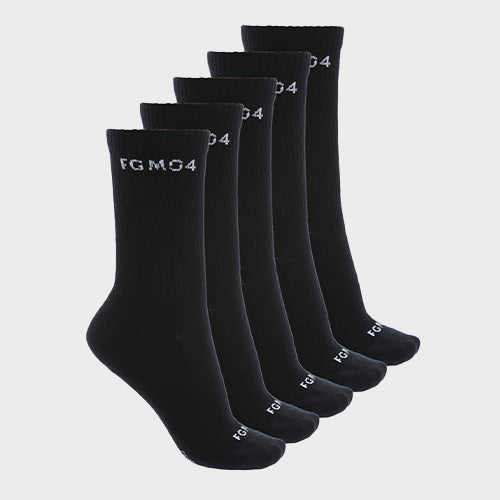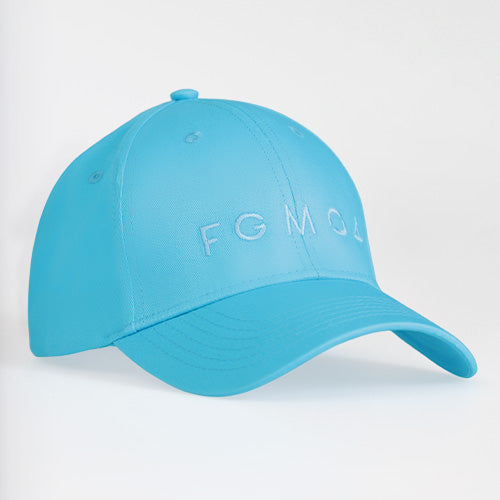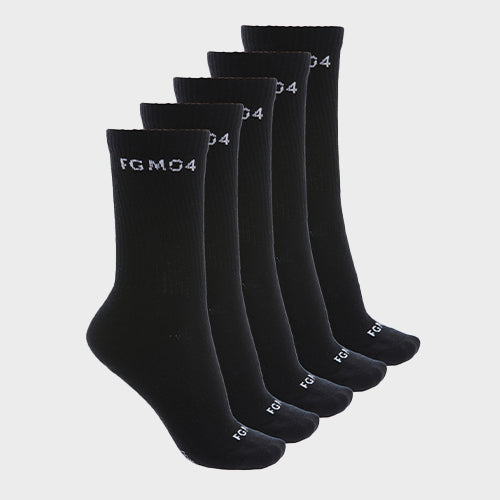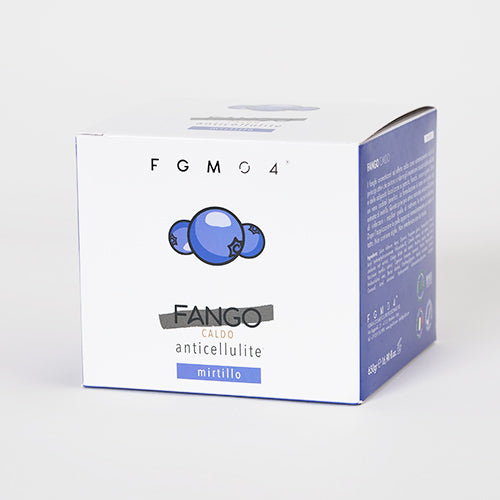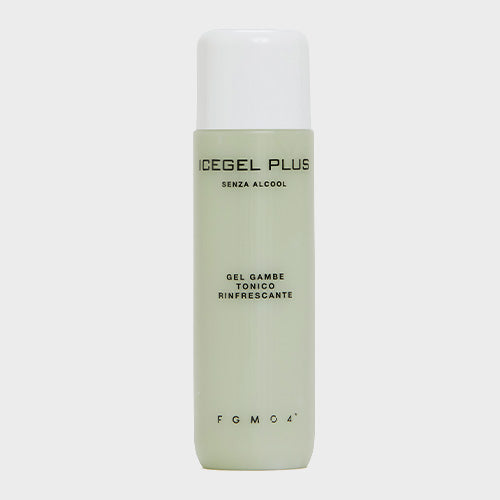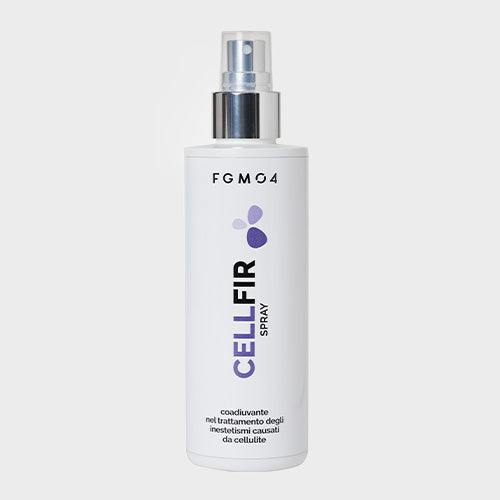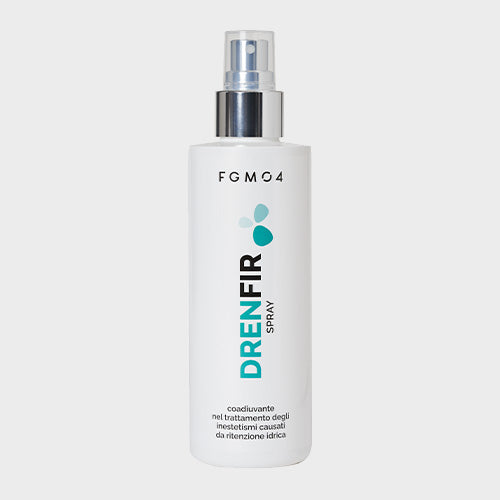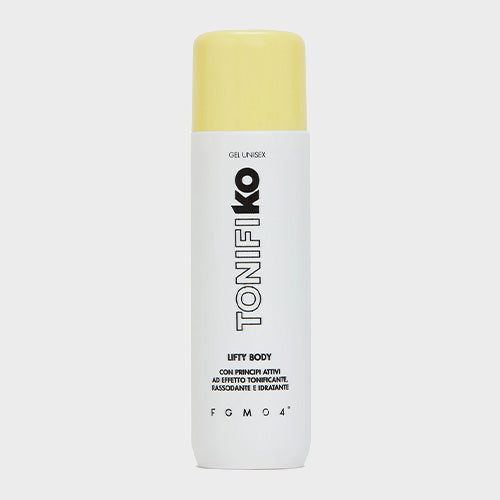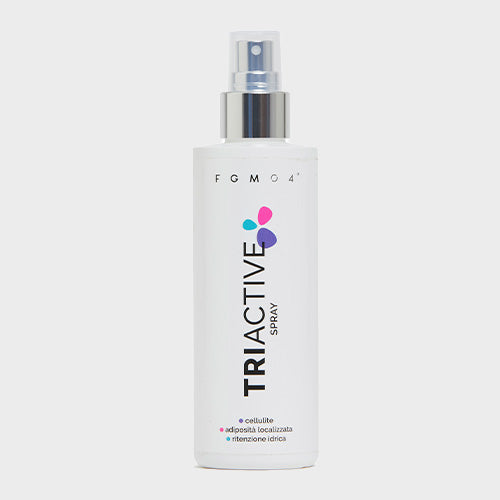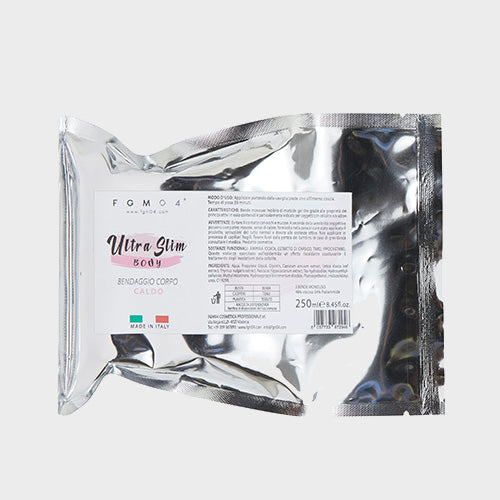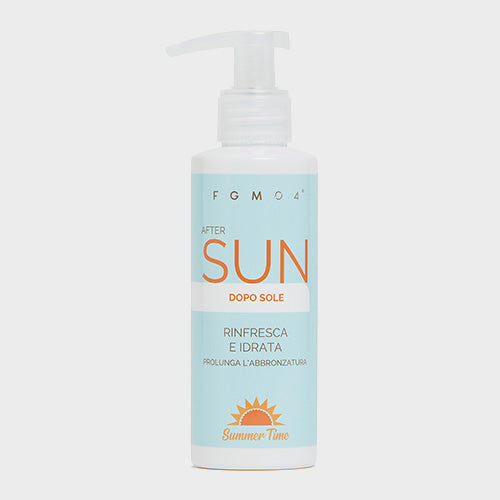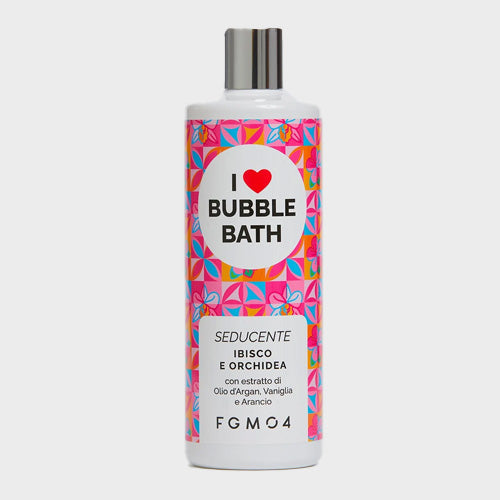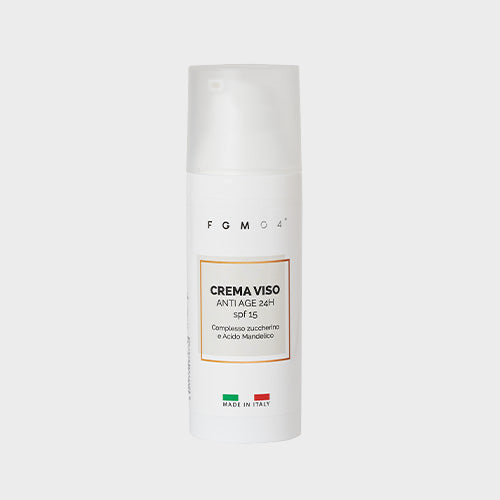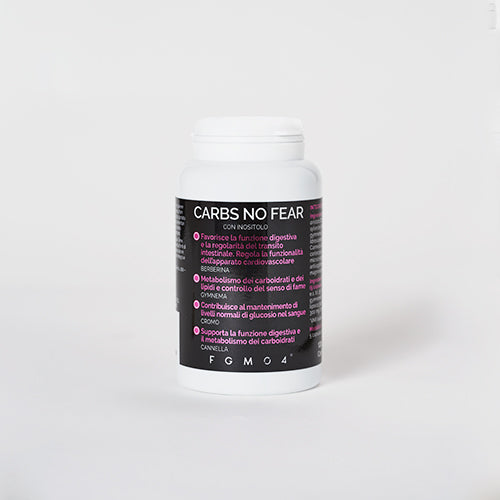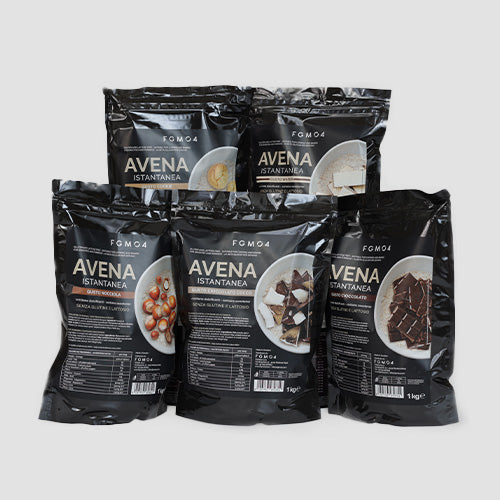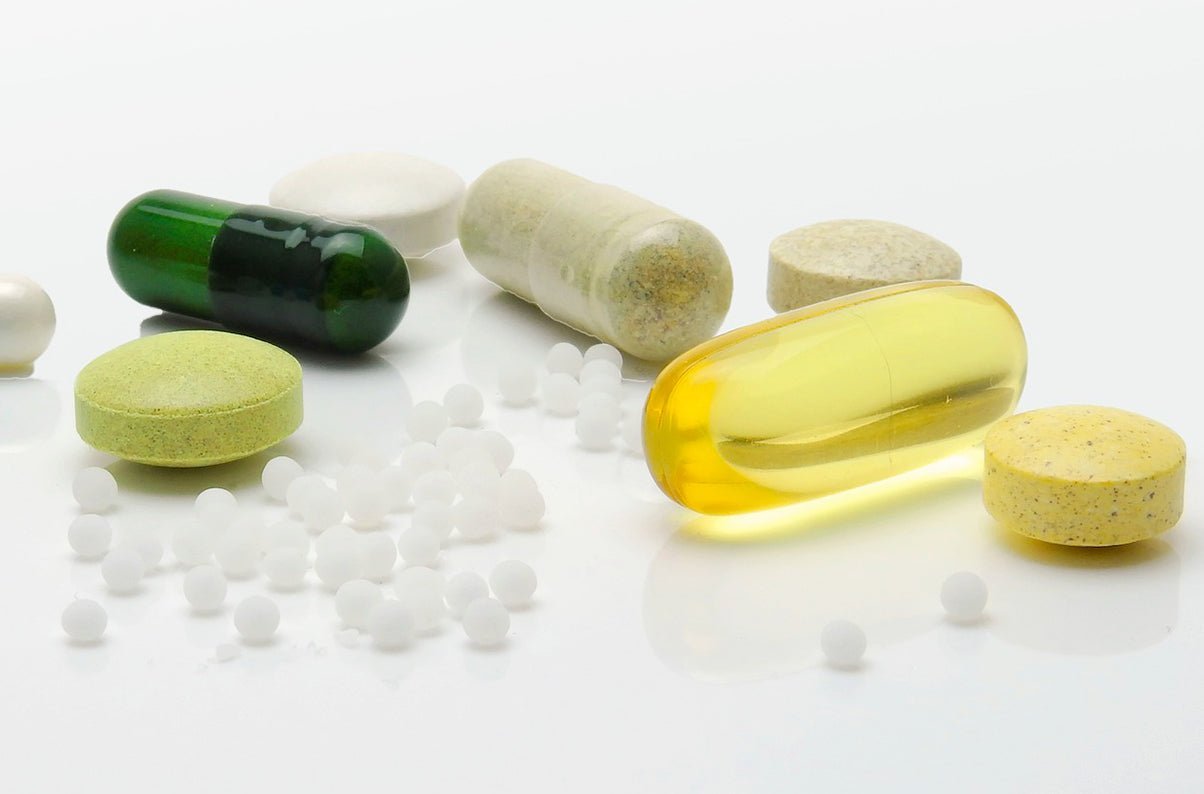Anti-Stretch Mark Cream Pregnancy: When to Start
Pregnancy, as we know, is one of the most magical moments for a woman. A period full of unique emotions, with a new life that is born inside you cradled by the love of the two future parents and a wonderful feeling of anticipation which grows day by day.
However, pregnancy requires some special attention from an aesthetic point of view: never before has a woman's body been subjected to significant changes that, if underestimated, can leave indelible marks. Among them, the much feared ones stand out pregnancy stretch marks: We see what are they, when they appear hey more appropriate remedies for prevention and treatment.
Make yourself comfortable and you will see: there's a remedy for everything!
Pregnancy: How a Woman's Body Changes
There are many signs of transformation that accompany women in this intense phase. From the skin to the hair, from the breast to the nails, each part of the body experiences a new, typically gestational era. Added to this is the risk of stretch marks which unfortunately affects many women. Before going into the merits of the imperfection, let's see the main aesthetic changes easily found in the pregnant women.
Skin
Increased pigmentation and facial hair, appearance of melasma and dilated capillaries, redness but also softer and velvety skin. These are some typical manifestations of women in gestation, due to hormonal changes and transformations of the organism. To learn more about the most common skin changes during pregnancy, we refer you to Ministry of Health website;
Hair
Hair reflects our state of health, and even more so during pregnancy requires special attention. If it is true that some women have pregnancy with strong, healthy and shiny hair, in other cases it is easy to find hair loss especially in the first trimester. The best thing you can do is feed yourself properly and avoid stressful situations. If necessary, you can have your gynecologist prescribe some suitable multivitamins.
Nails
During pregnancy many women report a weakening of the nails. Once again the culprits are hormonal changes, but do not worry: continue with a healthy diet and possibly avoid applying nail polish. Even in this case you can ask your doctor to prescribe you an isuitable food supplement.
Teeth and gums
Among the most common pathologies of the oral cavity during pregnancy, gingivitis And enamel corrosion they are in the top positions. The saliva tends to become more acidic and to perform a corrosive action against the tooth enamel, which necessarily become more sensitive. Added to this is the lowering of the immune defenses which favors the proliferation of bacteria, thus increasing the risk of inflammation. To avoid these eventualities, continue with your daily oral hygiene routine: brush your teeth after every meal with a soft-bristled toothbrush and always use dental floss.
Breast
Among the areas most subject to aesthetic and functional changes, the breasts and nipples prepare to provide nourishment to the baby in the first months of life. Shape, size, color evolve intensely over the nine months of gestation: the breast becomes "taut" and heavy, while the nipples and the areola become increasingly dark. Another aspect shared by many girls is that of sensitivity: for some pregnant women it becomes almost impossible to touch their nipples!
Acrobat Moms explain well how taking care of your breasts during pregnancy: we also suggest the use of natural oil to moisturize breasts and nipples after washing them. It will help you not only prevent stretch marks, but also live the breastfeeding phase with serenity and without pain.
Cellulite
A bitter enemy of women of all ages, cellulite can appear or even worsen during pregnancy. In addition to the well-known recommendations such as doing physical activity and being careful at the table, anti-cellulite mud and the CellKO anti-cellulite gel can help you drain excess fluids and reduce blemishes. Do not apply on the belly.
As for the recommended foods against cellulite, yes to fish, fruit and vegetables, lean proteins, whole grains, tea and herbal teas. Abstain as much as possible from salt, butter, sweets, large leavened products, sugary drinks, alcohol.
Stretch marks
We now come to one of the most fearsome threats for any pregnant woman: the stretch marks.
Among the most frequent blemishes of pregnant women, stretch marks affect above all breast, flanks And abdomen. But how do you recognize stretch marks in pregnancy? Is there any way to prevent them? What products to use? Let's delve deeper together.
Stretch Marks During Pregnancy: When They Appear and How to Recognize Them
It is estimated that Stretch marks appear on average between the 6th and 8th month of pregnancy. The phenomenon concerns approximately 50% of pregnant women, especially younger girls and those at first pregnancy experience. However, these are only case studies: the phenomenon may not affect women at all, or may affect them only during the second or third pregnancy.
From an aesthetic point of view, stretch marks are similar to scars and appear in the form of linear bands parallel to each other, alternating with patches of healthy skin. Their length can be up to about 20 cm, while the width normally does not exceed one centimeter. The trend of the stretch marks-vertical, horizontal or radially-is in line with the muscle fibers and therefore varies from area to area: usually they are vertical on the belly and hips and radially on the mammary areola.
A little mention also to thechromatic evolution, almost similar to that of normal scars. In the initial phase, when the inflammatory process starts, stretch marks are light colored red - purple, while as soon as the healing phase is completed they become white. This is the last phase of tissue regeneration, which like all scars unfortunately leaves some traces. more or less evident indelible signs.

Why do stretch marks appear?
Also known as atrophic striae or distended striae, stretch marks originate from a reduction in the thickness of the skin which is in turn connected to an alteration of the skin starting from the dermis.
The development of stretch marks is linked to various hormonal, mechanical and genetic factors:
- Hormonal factors: Hormones are among the main causes of stretch marks. In fact, during pregnancy the dermis undergoes profound transformations mainly due to the increase in cortisol-the famous stress hormone-which brings with it a reduction in elastin and a weakening of collagen. This is why the skin easily loses elasticity and the fibres get damaged;
- Mechanical factors: the sudden changes in skin volume and the sudden tension to which the skin is subjected cause the collagen and elastin fibres to break in many women and hence the development of stretch marks;
- Genetic factors: Some women have a natural genetic predisposition to the appearance of stretch marks. This may be due to an innate lack of elasticity of the skin or the presence of certain connective tissue diseases, such as Marfan syndrome.
Pregnancy is a complex world, isn't it? Hormonal and mechanical imbalances were not enough: genetic predisposition also plays a significant role.
Stretch marks during pregnancy: the symptoms
Stretch marks are usually asymptomatic. However, some women feel a sensation of tightness in the affected areas. burning or itching. This varies greatly from person to person and by age.
Observe and then intervene? We advise against it: it may be too late. The only way to keep stretch marks under control is try to prevent them: here's how.
Preventing Stretch Marks: Natural Remedies and Tips
The most powerful weapon against pregnancy stretch marks is undoubtedly aadequate prevention which unfolds on several fronts: proper nutrition and hydration, frequent movement, use of cosmetic products.
1) Avoid stretch marks during pregnancy: drink a lot
Good hydration is essential at any time in life, even more so during pregnancy when the female body is subjected to significant changes and the skin discovers a tension never seen before. It is therefore highly recommended. drink at least 2 liters of water a day. Natural water is preferable.

2) Eat healthily
Lifestyle is very important to prevent stretch marks. Experts recommend following a balanced diet with the right amount of elements that can promote skin elasticity such as vitamins, proteins, antioxidants, fatty acids Omega 3 And Omega 6 in addition to the aforementioned water. Yes, therefore, to abundant fruit and vegetables and vegetable and animal proteins, preferably from white meat. To avoid as much as possible heavy condiments, fried and obviously alcohol. Smoking is also highly discouraged.
3) Move (without excess)
Constant movement is a well-known panacea against excess weight and psycho-physical well-being. Unless there are medical contraindications, it is also good to maintain the habit of walk at least 30 - 40 minutes a day at a sustained pace. A nice walk not only promotes metabolic functions and keeps the body toned, but is also a real a panacea for the mind.

4) Be aware of weight changes
The yo-yo effect must be banned, not only during pregnancy but also before becoming pregnant: women subject to significant and periodic weight variations in fact find themselves more prone to stretch marks.
If it is true that Gaining weight during pregnancy is absolutely normal, it is equally true that we must be careful don't overdo it and not to oscillate between excessive extra kilos and sudden weight loss.
5) Choose the right cosmetics
There are many cosmetic products on the market that help prevent stretch marks. The ingredients and active principles indicated pre and during pregnancy I am above all elastin, collagen, hyaluronic acid, antioxidants, Vitamin E: whether in the form of creams or serums, they must be applied topically, avoiding oral intake as much as possible, unless you have the approval of your doctor.
Among the best creams for stretch marks during pregnancy, the product branded FGM04 improves skin hydration and nourishes it in a targeted way to prevent the formation of stretch marks. Rich in amino acids and collagen, it tightens and gives relief and can be used before, during and at the end of pregnancy. The cream has no side effects and is also suitable for children's stretch marks.
6) Use natural remedies against stretch marks
Sometimes we look very far away… without realizing that the solution is right under our noses! Beeswax, sweet almond oil, Argan oil And shea butter I am among the natural remedies against stretch marks most used by pregnant women around the world. Let's see their benefits:
- Beeswax: Used in combination with wheat germ oil, beeswax has antibacterial, anti-inflammatory and antioxidant properties. It also gently hydrates with an effective preventative action on the onset of stretch marks;
- Sweet almond oil: a daily massage with sweet almond oil is highly recommended, which strengthens the skin and restores its elasticity, reducing the tension effect;
- Argan Oil: Quickly absorbed, Argan oil is a versatile ingredient native to Morocco. Very useful for preventing stretch marks as it increases skin elasticity and stimulates cell regeneration. Another positive aspect is that it is not greasy;
Shea butter: 100% vegetable butter with great hydrating, antioxidant and regenerating power, promotes collagen production and acts against inflammation.
For each of these products it is recommended thatapplication twice a day. If you are not used to using them and you are trying to have a baby, do not waste time: the sooner you start using them, the sooner your skin will benefit from them. softness and elasticity. If you want to know the direct experience of other future mothers, consult the pregnancy forum where we talk about stretch mark oil: you will find some very interesting opinions!
Anti-stretch mark cream: what to do after pregnancy?
Have you tried everything, but the unsightly appearance of stretch marks has affected you too? Are you very happy with your baby, however, is it time to think about healing your skin as much as possible? We will explain it to you briefly How to deal with stretch marks at the end of pregnancy.

First of all, it is best to take action while the stretch marks are red and purple, that is, before they have healed. But how to act? You can continue with one of the post pregnancy stretch mark creams that you also used during pregnancy, or try a new brand. For example the unisex stretch mark cream FGM04 in addition to carrying out a preventive action, it reduces the signs of stretch marks on your body and regenerates tissues: it is therefore indicated for all phases before, during and after pregnancy.
We also invite you to continue with natural remedies: in addition to those indicated above, you could try the'rosehip oil, a powerful natural healing agent also widely used on children's wounds. This oil smoothes the scars by offering visible results in 15 days. Having it at home can also always be useful, especially in the hot season: it is in fact a perfect antidote against sunburn, sunburn and age-related spots. The effect is very similar to the pure snail slime, with great regenerating and exfoliating properties and rich in elastin and collagen.
Alternatively or in addition you could contact a beauty center specialized in post pregnancy treatments: among the most used technologies for new mothers are radiofrequency, transdermal delivery and ultrasound. Other common cosmetic procedures are thePostpartum Abdominoplasty, to restore the quality of the skin and the morphology of the abdomen, and those based on fractional and microablative CO2 laser. Be careful of those who promise miracles and professionals of dubious experience: for the health of you and your entire family, we strongly urge you to turn to professional centers and doctors with proven ability.
For any doubts about the best anti-stretch mark creams, the FMG04 staff is at your disposal: write to customers@fgm04.com or contact us via the chat on our website.
Image Credits:
Woman with stretch marks. Image of Freepik
Woman who drinks. Image courtesy of Freepik

